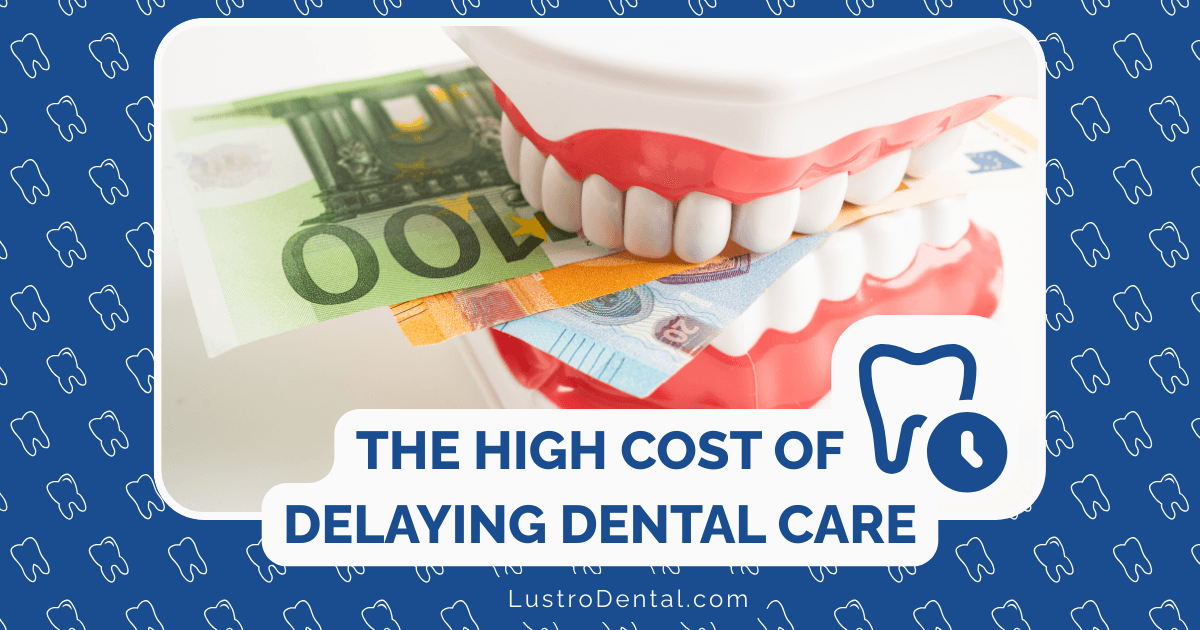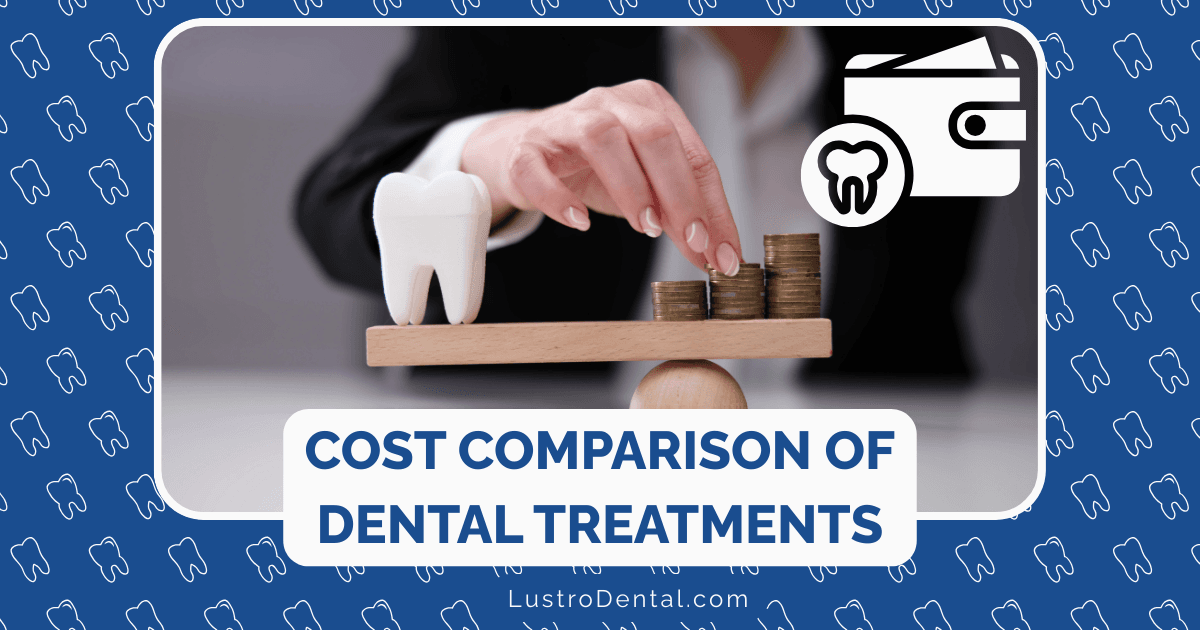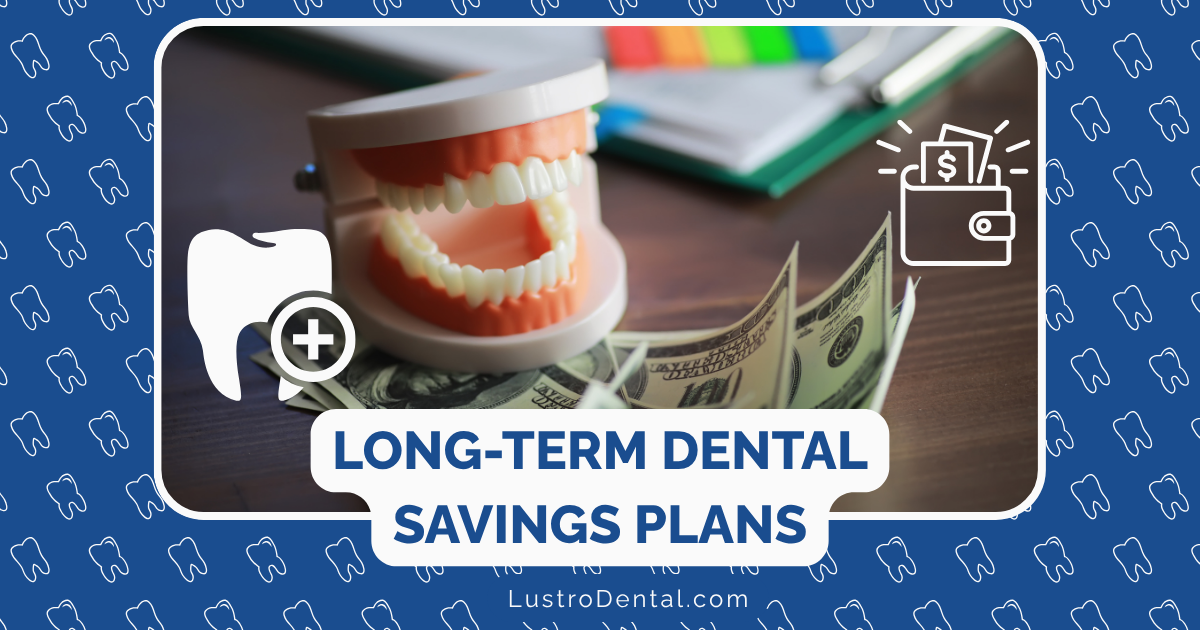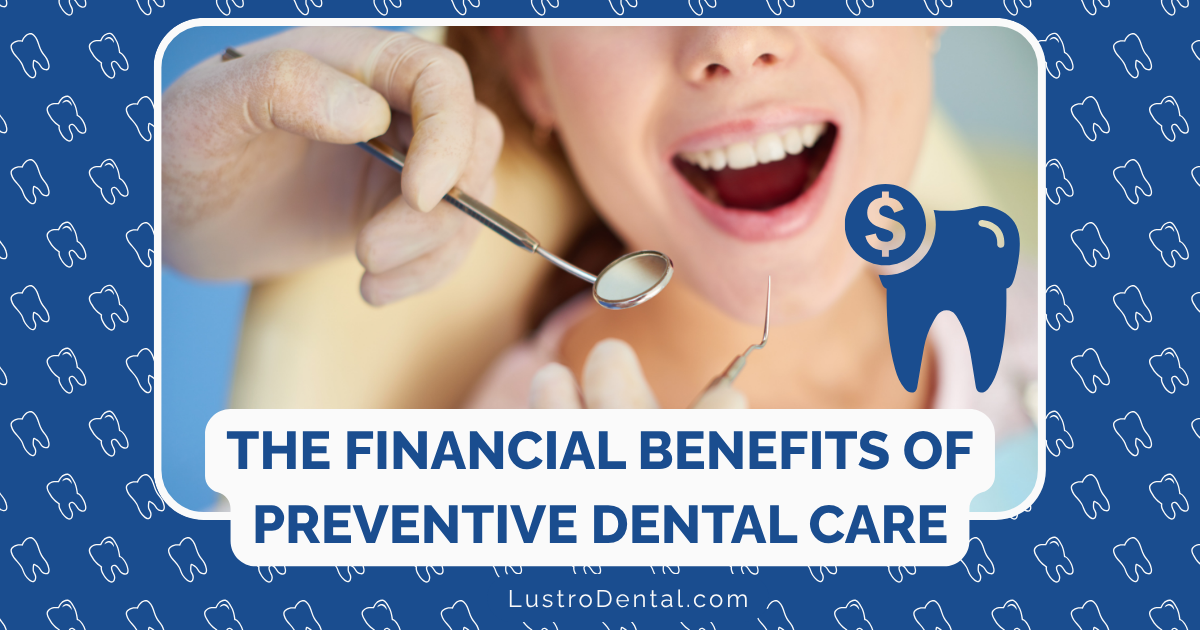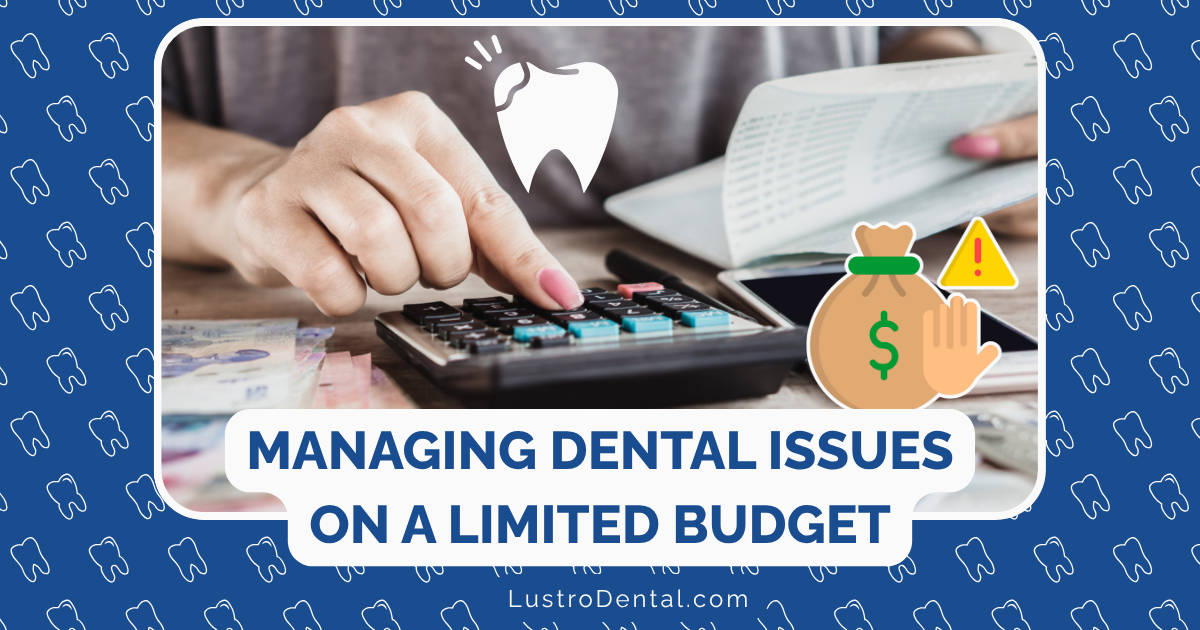Dental Insurance 101: Terms and Concepts Every Patient Should Understand
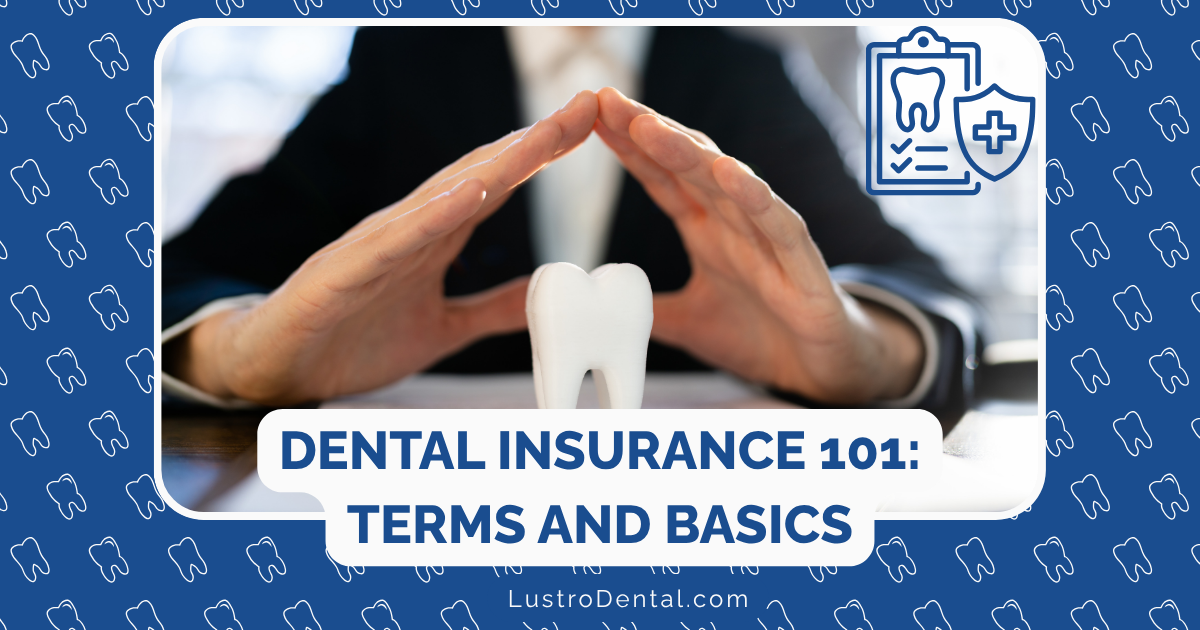
Navigating dental insurance can feel like learning a foreign language. With terms like “UCR fees,” “annual maximums,” and “waiting periods,” it’s no wonder many patients feel overwhelmed when trying to understand their coverage. Yet comprehending these concepts is crucial for making informed decisions about your oral health care and avoiding unexpected expenses.
This guide breaks down the essential terms and concepts of dental insurance in plain language, empowering you to maximize your benefits and minimize out-of-pocket costs.
The Basics: Types of Dental Insurance Plans
Before diving into specific terms, it’s helpful to understand the main types of dental insurance plans available:
Dental Preferred Provider Organization (DPPO)
What it is: The most common type of dental insurance, accounting for 86% of commercial dental policies according to the National Association of Dental Plans.
How it works: You can see any dentist, but you’ll pay less when visiting in-network providers who have agreed to accept negotiated, discounted rates. Out-of-network care is covered, but typically at a lower percentage.
Best for: Those who value flexibility and choice in selecting providers.
Dental Health Maintenance Organization (DHMO)
What it is: A more structured plan with a network of participating dentists.
How it works: You select a primary dentist from the network and need referrals for specialists. There are typically no deductibles or annual maximums, but you must stay in-network for coverage.
Best for: Those seeking lower monthly premiums and predictable costs through copayments rather than coinsurance.
Dental Indemnity Plans
What it is: Traditional fee-for-service plans with no network restrictions.
How it works: You can visit any dentist, and the plan pays a percentage of the costs. These plans typically have higher premiums but offer maximum flexibility.
Best for: Those who prioritize provider choice above all else or have established relationships with dentists not in other networks.
Discount Dental Plans
What it is: Not insurance, but a membership program offering discounted rates.
How it works: You pay an annual fee and receive access to discounted services from participating providers. No claims are filed; you simply pay the discounted rate at the time of service.
Best for: Those without traditional insurance or those seeking coverage for services excluded by their primary plan.
Essential Terms: The Financial Framework
Premium
What it is: The amount you pay (usually monthly) for your dental insurance.
Why it matters: According to industry data from Flagstaff Smiles, average monthly premiums in 2025 range from around $14 for individual DHMO plans to about $35 for DPPO plans. For employer-sponsored plans, employee contributions typically range from $16-18 for DHMO and $28-31 for DPPO coverage.
Pro tip: Lower premiums often mean higher out-of-pocket costs when you receive care, so consider your expected dental needs when choosing a plan.
Deductible
What it is: The amount you must pay out-of-pocket before your insurance begins to pay.
Why it matters: Most dental plans have relatively low deductibles compared to medical insurance—typically $50-$100 per person annually. Some plans waive the deductible for preventive services.
Pro tip: Family plans often have both individual deductibles and a family maximum deductible.
Annual Maximum
What it is: The total amount your plan will pay for dental care within a benefit year (usually January through December).
Why it matters: Unlike medical insurance, dental plans cap their annual contribution. About 63% of dental PPOs have a maximum annual benefit of $1,500 or more. Once you reach this limit, you’re responsible for 100% of costs until the new benefit year.
Pro tip: If you need extensive work, consider spacing treatments across benefit years to maximize coverage.
Coinsurance
What it is: The percentage of costs you share with your insurance after meeting your deductible.
Why it matters: Dental plans typically use a “100-80-50” structure:
- 100% coverage for preventive care (cleanings, exams, routine X-rays)
- 80% coverage for basic procedures (fillings, simple extractions)
- 50% coverage for major procedures (crowns, bridges, dentures)
Pro tip: This structure incentivizes preventive care, which helps avoid more costly procedures down the line.
Copayment
What it is: A fixed amount you pay at the time of service, particularly common in DHMO plans.
Why it matters: Copayments make costs predictable—you’ll know exactly what you’ll pay for each service based on your plan’s schedule.
Pro tip: Review the copayment schedule before selecting a DHMO plan to ensure affordability for services you’re likely to need.
Coverage Concepts: Understanding Benefits and Limitations
Waiting Periods
What it is: A specified time after enrollment before certain procedures are covered.
Why it matters: Basic procedures might have a 3-6 month waiting period, while major procedures often require 6-12 months. This prevents people from enrolling only when they need expensive treatment.
Pro tip: If you anticipate needing major dental work, enroll in a plan well before treatment is necessary.
Pre-existing Conditions
What it is: Dental issues that existed before your insurance coverage began.
Why it matters: Unlike medical insurance, dental plans can exclude or impose waiting periods for pre-existing conditions.
Pro tip: Some plans may cover pre-existing conditions after a waiting period, while others might never cover them. Review this carefully when selecting a plan.
Pre-authorization/Pre-determination
What it is: The process of submitting a treatment plan to your insurance company for review before receiving care.
Why it matters: This gives you an estimate of what will be covered and what you’ll owe, helping avoid surprises.
Pro tip: For any procedure expected to cost over $300, request that your dentist submit a pre-determination.
Usual, Customary, and Reasonable (UCR) Fees
What it is: The amount your insurance considers appropriate for a service based on what dentists in your geographic area typically charge.
Why it matters: If your dentist charges more than the UCR fee, you may be responsible for the difference, even after your coinsurance.
Pro tip: Ask your dentist if they can provide a cost estimate based on your insurance’s UCR fees before treatment.
Coordination of Benefits (COB)
What it is: The process that determines primary and secondary coverage when you have multiple dental insurance plans.
Why it matters: Having two plans doesn’t mean you’ll receive double benefits, but it can reduce your out-of-pocket costs.
Pro tip: Understand which plan is primary (usually your own employer-sponsored plan) and which is secondary (often a spouse’s plan that covers you as a dependent).
The Treatment Categories: How Services Are Classified
Understanding how dental procedures are categorized helps explain why certain treatments have different coverage levels:
Preventive and Diagnostic Services
What it includes: Regular check-ups, cleanings, routine X-rays, fluoride treatments, and sealants.
Typical coverage: 100% with no deductible in most plans.
Why it matters: These services help prevent more serious and costly dental problems. According to Delta Dental, regular preventive care is the most cost-effective approach to dental health.
Basic Restorative Services
What it includes: Fillings, simple extractions, periodontal treatments, and sometimes root canals.
Typical coverage: 70-80% after deductible.
Why it matters: Addressing these issues promptly prevents progression to more serious problems requiring major procedures.
Major Restorative Services
What it includes: Crowns, bridges, dentures, implants, and complex oral surgery.
Typical coverage: 50% after deductible.
Why it matters: These procedures address significant dental issues and typically represent the highest costs in dental care.
Orthodontic Services
What it includes: Braces, aligners, and other treatments to correct tooth and jaw alignment.
Typical coverage: Often covered under a separate lifetime maximum (commonly $1,000-$2,000) rather than the annual maximum.
Why it matters: According to Flagstaff Smiles, 2025 has seen expanded coverage for adult orthodontics in many plans, not just for children.
Cosmetic Services
What it includes: Procedures primarily for appearance rather than function, such as teeth whitening or veneers solely for aesthetic purposes.
Typical coverage: Generally not covered by insurance.
Why it matters: Understanding this distinction helps set realistic expectations about out-of-pocket costs for appearance-focused treatments.
Important Dates and Timelines: Maximizing Your Benefits
Plan Year vs. Calendar Year
What it is: The 12-month period during which your benefits apply. While many plans follow the calendar year (January-December), some may have different cycles.
Why it matters: Your deductible and annual maximum reset at the beginning of each plan year.
Pro tip: If you’ve met your deductible but haven’t reached your annual maximum, consider scheduling additional necessary treatment before your plan year ends.
Enrollment Periods
What it is: The time when you can sign up for or change dental insurance.
Why it matters: For employer-sponsored plans, this is typically during “open enrollment” once a year. Missing this window means waiting until the next period unless you have a qualifying life event.
Pro tip: Mark your calendar for open enrollment and review your dental needs and plan options before this period begins.
Effective Dates
What it is: When your coverage officially begins.
Why it matters: Even after enrollment, there may be a short waiting period before your coverage takes effect.
Pro tip: Confirm your effective date when enrolling and schedule non-urgent care after this date.
Navigating Claims and Billing: Practical Knowledge
Explanation of Benefits (EOB)
What it is: A document from your insurance company explaining how benefits were applied to a claim.
Why it matters: The EOB breaks down the provider’s charge, what insurance paid, and what you owe. It’s not a bill, but it helps you understand your financial responsibility.
Pro tip: Compare your EOB with the bill from your dentist to ensure consistency.
Current Dental Terminology (CDT) Codes
What it is: Standardized codes used to identify dental procedures on claims and bills.
Why it matters: According to the American Dental Association, CDT codes are updated annually, with the 2025 codes including 10 new codes, 8 revisions, and 2 deletions. These codes ensure accurate billing and claims processing.
Pro tip: For transparency, ask your dentist to explain the specific CDT codes for recommended procedures.
Appeals Process
What it is: The procedure for challenging a denied claim or pre-determination.
Why it matters: Insurance companies sometimes make mistakes or initially deny claims that should be covered.
Pro tip: Keep detailed records of all communications regarding claims and follow your plan’s specific appeal procedures and deadlines.
Red Flags: Avoiding Billing Issues
Unbundling
What it is: The practice of billing separately for components of a procedure that should be billed under a single code.
Why it matters: According to DrBicuspid, unbundling can lead to overbilling and damage patient trust. Examples include billing separately for anesthesia or x-rays that are typically included in a procedure.
Pro tip: Review your bill for multiple charges for what seems like a single procedure and question any that seem suspicious.
Balance Billing
What it is: When an in-network provider bills you for the difference between their charge and what insurance paid.
Why it matters: In-network providers have agreed to accept the insurance company’s allowed amount as payment in full and generally cannot balance bill.
Pro tip: If you receive a bill from an in-network provider for more than your expected coinsurance or copayment, contact both the provider and your insurance company.
Making the Most of Your Dental Benefits
Preventive Care Priority
What it is: Taking full advantage of covered preventive services.
Why it matters: According to the National Association of Dental Plans, individuals without dental benefits are more likely to have extractions and dentures and less likely to receive restorative care or treatment for gum disease.
Pro tip: Schedule preventive visits early in the year to address any issues that might require treatment before your annual maximum is reached.
Treatment Planning
What it is: Working with your dentist to develop a strategic approach to necessary care.
Why it matters: Strategic planning can help maximize insurance benefits, especially for extensive treatment needs.
Pro tip: For major work, ask your dentist about alternative treatment options and how they might be covered differently by your insurance.
Flexible Spending Accounts (FSAs) and Health Savings Accounts (HSAs)
What it is: Tax-advantaged accounts for healthcare expenses.
Why it matters: These accounts can be used for dental expenses not covered by insurance, effectively reducing your costs by your tax rate.
Pro tip: Coordinate your FSA or HSA contributions with expected dental expenses for the year.
The Bigger Picture: Dental Insurance and Overall Health
Medical-Dental Integration
What it is: The growing recognition of connections between oral health and overall health.
Why it matters: Those without dental benefits are 67% more likely to have heart disease, 50% more likely to have osteoporosis, and 29% more likely to have diabetes, according to the National Association of Dental Plans.
Pro tip: If you have certain medical conditions like diabetes or heart disease, ask both your medical and dental insurance providers about additional benefits you might qualify for.
Telehealth Expansion
What it is: Remote dental consultations via technology.
Why it matters: According to Flagstaff Smiles, 2025 has seen expanded telehealth options in dental coverage, making initial consultations and follow-ups more convenient.
Pro tip: Check if your plan covers telehealth dental services, which can be particularly useful for initial consultations or post-treatment follow-ups.
Conclusion: Empowered Dental Decisions
Understanding dental insurance terminology and concepts empowers you to:
- Make informed decisions about your oral health care
- Maximize your benefits and minimize out-of-pocket costs
- Advocate for yourself when issues arise
- Plan strategically for both routine and major dental work
Remember that dental insurance is designed to share costs, not cover everything. By understanding how your plan works, you can work effectively with both your dental provider and insurance company to maintain optimal oral health without unnecessary financial strain.
Dental health is an essential component of overall wellbeing, and navigating insurance successfully helps ensure you can access the care you need when you need it. When in doubt, don’t hesitate to ask questions—of your dentist, your insurance provider, or your benefits administrator. Knowledge truly is power when it comes to dental insurance.


